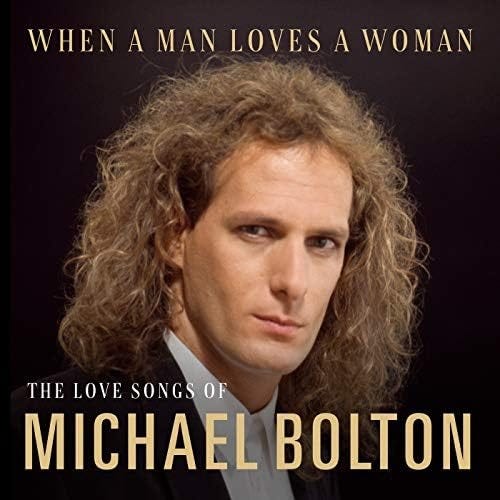One of America’s finest cultural contributions to the world at large is soul music, or at least it was before someone decided it needed a good hosing down. Soul music was dangerous. Not dangerous like getting caught looting a grocery store; dangerous like, “This is going to make somebody feel something.” But the gatekeepers of polite society were allergic to feeling, and they made sure their music reflected that.
Sam Cooke wrote You Send Me as a prayer, a plea, a prelude to a make-out session. Then someone with less melanin and even less courage rebranded it as an awkward prom theme for kids too scared to French kiss. Ray Charles belted out What’d I Say like it was the last time he’d ever use his vocal cords. Then along came the mayonnaise mafia, who reduced it to the sound of a rained-out company picnic.
It wasn’t that white artists didn’t like soul music. They liked it in the way people like spicy food: something to try, to sample in manageable doses, as long as it doesn’t upset the stomach or embarrass the neighbors. The problem was, these cover artists couldn’t handle soul in its original form. They needed to make it palatable, something you could play at your mother’s bridge club without anyone clutching their pearls or reaching for their smelling salts.
Who Was This For?
The answer: white people. But not all white people. This was for the upper-middle-class suburbanites, the ones who bought wine with screw tops and thought they were cosmopolitan because they had a fondue set. These were the same folks who told their friends they “appreciated Black culture” as long as it came with a white interpreter. They wanted the song without the story, the beat without the burden, the rhythm without the revolution.

When Elvis Presley swiveled his hips to Hound Dog, people screamed. But when Big Mama Thornton growled it, the same people tightened their lips and changed the station. James Brown sang I Got You (I Feel Good), and some folks thought he sounded too good. The sanitized versions weren’t just music; they were cultural Nerf bats, designed to knock the edge off Black genius until it was deemed safe enough for middle-class consumption.
The Business of Bland
The record industry wasn’t dumb. They knew the money wasn’t in authenticity; it was in accessibility. The formula was simple: find a Black artist with a hit song, then find a white artist to strip-mine it into mediocrity. Rinse, repeat, profit.

Even the Shirelles couldn’t escape the blanding process. Will You Love Me Tomorrow was a masterpiece of yearning and insecurity, a melody trembling with the weight of unspoken desires. In the hands of imitators, it became a chipper ditty, a Hallmark card set to music, perfect for a school dance with a 9:30 p.m. curfew.
And the public bought it — literally. Corny covers flew off the shelves, making stars out of the imitators while the originators stayed in the shadows. The white versions weren’t just easier to market; they were easier to swallow.
The Soul Stripped Bare
Soul music was never just music. It was survival, rebellion, redemption. Aretha Franklin didn’t sing Respect because it was catchy. She sang it because she demanded acknowledgment, recognition, and dignity. Otis Redding didn’t croon Try a Little Tenderness to impress a date. He sang it because tenderness was a scarce resource, rationed like bread during wartime.
When these songs were repurposed, they lost their purpose. White artists could mimic the notes, but they couldn’t recreate the meaning. The result was music that sounded familiar but felt hollow, like watching a fireworks show on a black-and-white TV.
Cultural Gentrification
The irony of it all is that these watered-down covers were presented as progress. People who had never listened to soul music suddenly claimed to “understand” it, as if a ballad by Pat Boone could explain centuries of struggle. But this wasn’t understanding; it was gentrification. Soul music was stripped of its complexities and given a new coat of paint, designed to look modern but void of history.
Meanwhile, Black artists kept creating. They moved from soul to funk to hip-hop, staying one step ahead of the imitators. For every whitewashed version of What’d I Say, there was a James Brown screaming his way into immortality. For every defanged Respect, there was an Aretha Franklin turning her voice into a weapon, a celebration, a call to arms.
The Legacy of Loss
What’s left now? The covers have faded into obscurity, but the originals endure. Yet the story they tell is one of theft as much as triumph. For every chart-topping cover, there’s an unsung genius who paved the way. The cultural theft wasn’t just a footnote; it was the headline.
Maybe there’s a lesson here. Maybe the next time someone hears a cover version, they’ll dig deeper, find the source, and listen to the real thing. Or maybe they’ll stick with the knockoff, content in their ignorance.
But for those who know, who truly know, there’s no going back. Because once you’ve tasted soul in its fullness, no imitation will ever satisfy. And that’s the way it should be.



